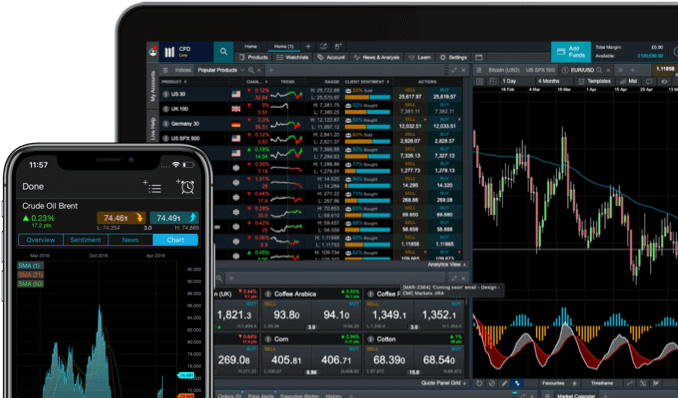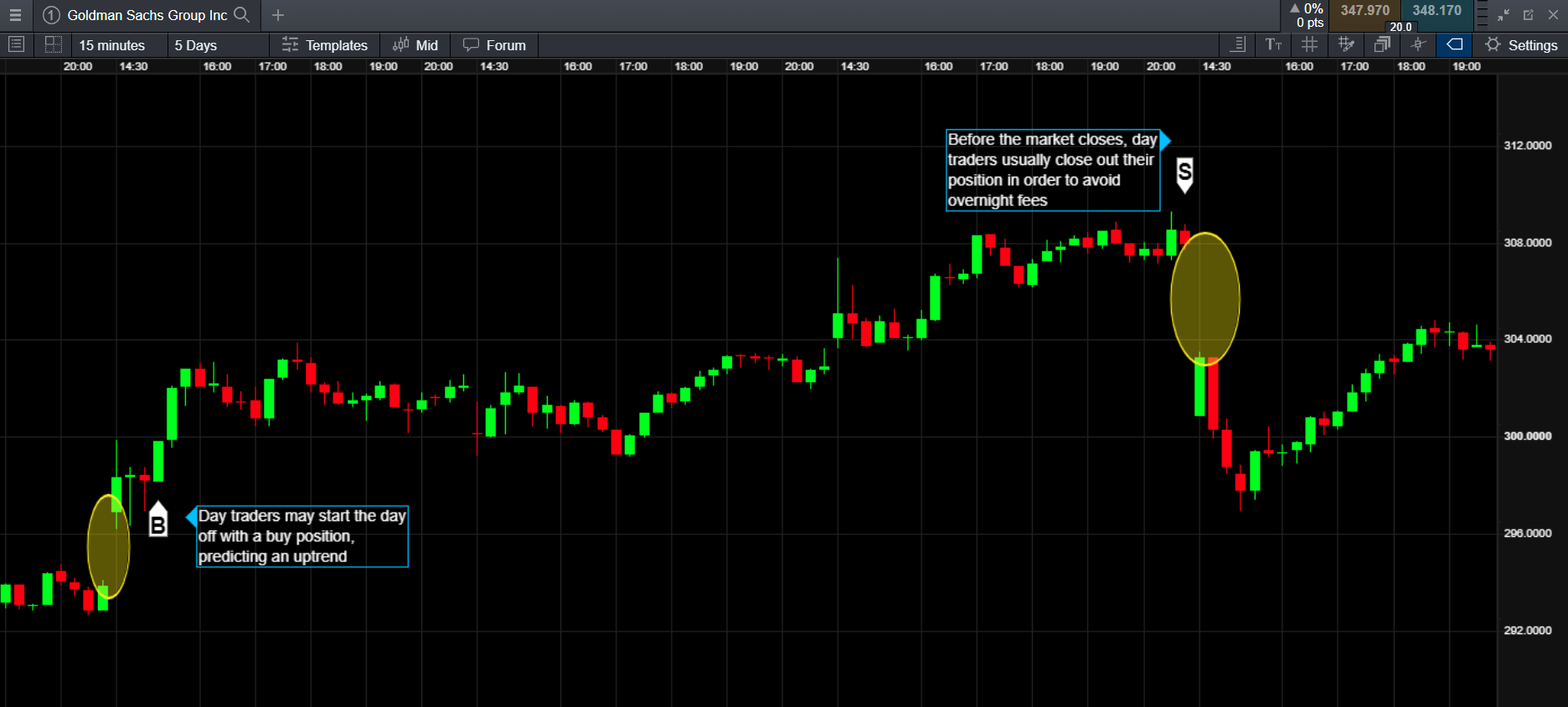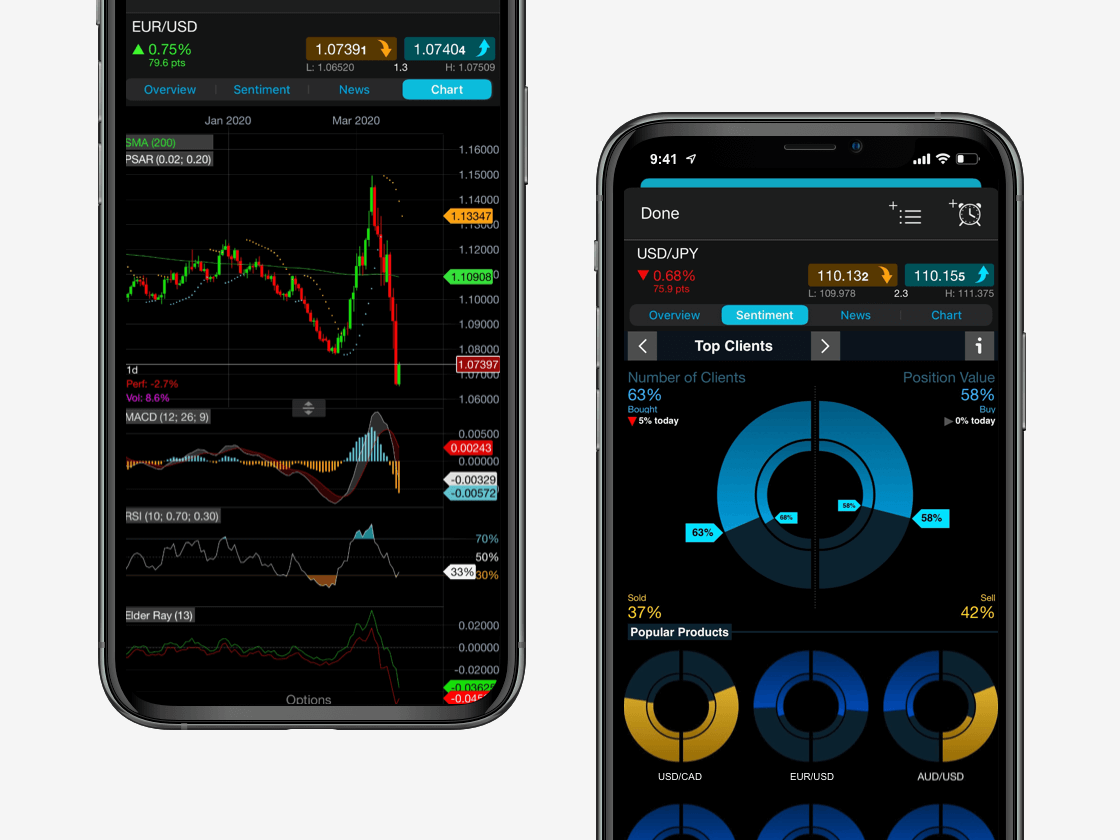Short-term trading focuses on the fluctuating price action of a financial instrument for quick profits, whereas long-term trading focuses on more fundamental aspects and aims to make steady returns over a longer timeframe. Therefore, short-term trading is seen as a more speculative investment type rather than a traditional buy and hold approach.
Trading on a short-term basis often involves using derivative products, such as spread bets and CFDs. These allow you to open a buy or sell position based on whether you think that the asset’s price will rise or fall, and you will then make profits or losses depending on which direction the market heads in. Short-term trading on our platform also requires you to trade with leverage, which gives better exposure to the financial instruments but comes with many risks. If the market becomes volatile and you make a loss, it will be based on the full value of the position, regardless of your margin percentage. This means that you could lose more than 5x the amount of your deposit.
There are benefits to both short-term and long-term trading strategies. While there is a better variety of options to trade in the short-term, leverage and margin come with many risks. Therefore, some investors prefer a long-term buy and hold approach, where they must pay the full value of the position upfront and take ownership of the asset, whether it be a share, commodity, currency pair, treasury or index. Position trading is another option if you want to use a long-term trading strategy using derivative products.
Choosing to trade in the short-term or long-term depends on a number of things, including your overall trading goals, the amount of capital that you are willing to spend or risk, and your personality type. These can all have an effect on the outcome of your positions.




















